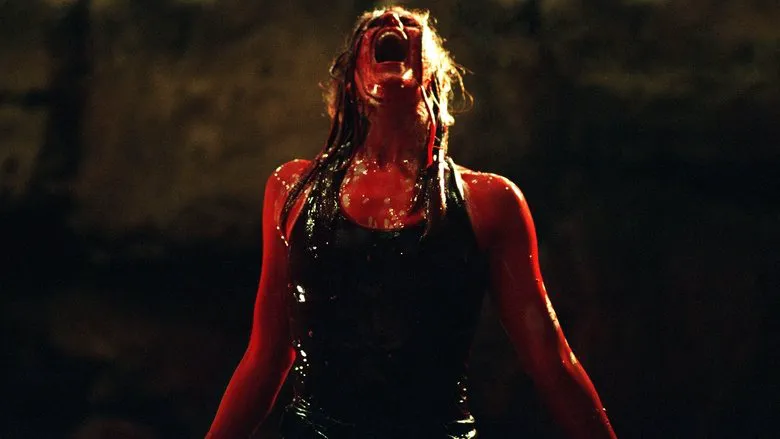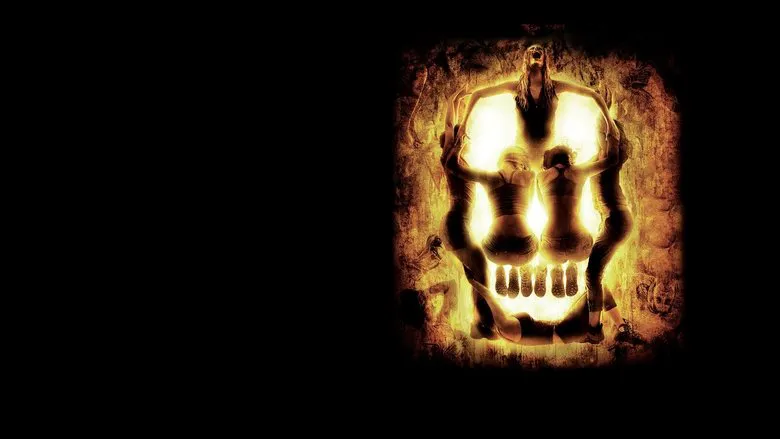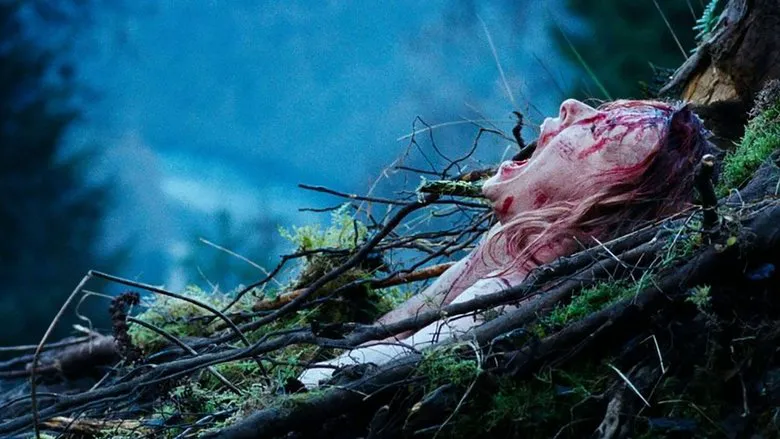A Descent into Disappointment: Reassessing Neil Marshall’s “The Descent”
A couple of years after Neil Marshall’s “Dog Soldiers” (2002) left a surprisingly positive impression, even among those who usually shunned the horror genre, anticipation was high for his next film. Then came “The Descent” (2005), which, unfortunately, failed to live up to the hype. While horror aficionados might find something to appreciate, others may find it lacking the “style,” “strength,” and “iron logic” that made “Dog Soldiers” so memorable.

The premise offered a potentially intriguing comparison. Instead of six hardened special forces soldiers, we have six ordinary women grappling with personal struggles. The setting shifts from the Scottish Highlands to the Appalachian wilderness, and the cozy cabin is replaced by a seemingly bottomless cave system. Instead of werewolves, the antagonists are… well, some kind of subterranean creatures. One could imagine a scenario where the author’s creativity could transform this familiar horror trope into a sharp, witty, and profound metaphor for modern society, perhaps even echoing Plato’s allegory of the cave. Alas, Marshall seems to have played it safe, opting for a rehash of his previous success, forgetting that a rehash is rarely as impactful as the original.
A Glimmer of Realism, Quickly Extinguished
The film initially hints at a connection to contemporary life. We see a group of adventurous friends whitewater rafting, complete with husbands and children – a relatable scenario. A seemingly ordinary car ride home, filled with casual conversation about an upcoming birthday, is shattered in an instant. In a scene reminiscent of, yet distinct from, the classic finale of “The Postman Always Rings Twice,” tragedy strikes. A sudden collision, a metal pipe piercing the windshield, and the mother awakens in a hospital, her family gone.

Sadly, this fleeting glimpse of real-world horror quickly dissolves into the mystical, as the grieving mother experiences unsettling visions. A year later, she rejoins her adventurous friends for a caving expedition, ostensibly as a form of therapy. The all-female group gathers at a remote cabin, preparing to descend into a supposedly protected local cave system. The night before the descent, and the brief moments above ground, are filled with cinematic atmosphere – a quiet, northern forest style with concise and understandable psychology, hinting at potential development. However, this lasts only about ten minutes. For the next hour and a half, the film relies heavily on tired genre clichés.
Predictable Terrors in the Dark
Of course, there’s a certain morbid curiosity in guessing which woman will meet her demise first, and who will survive until the end, hoping your predictions come true. And there’s the anticipation of seeing how Marshall will portray the cave environment, leaving no stone unturned. First, there’s the initial thrill of the descent, followed by the first setback and a sense of unease. Then come the claustrophobic crawls through damp, narrow passages, the uncertainty of what lurks in the darkness, and the anticipation of what awaits at the end of the tunnel. A broken leg, the first bloodshed, a lost flashlight, and then a gradual (and commendably subtle) transition into absolute, surreal darkness, complete with grotesque creatures and rivers of blood. The question of “How will he pull this off?” becomes a legitimate inquiry into the director’s abilities.

However, Marshall fails to extract anything truly meaningful from the darkness. The film is visually appealing, modern, and well-funded, but we’ve seen it all before, even the “double ending.” While I’ve omitted the “final” spoiler, much of the middle section is skippable. The musings of bored male colleagues, suggesting that the events in the cave are a metaphor for “the battle of the sexes” or a “feminist manifesto,” seem rather pathetic. There’s no such meaning to be found, just as the creatures themselves lack any discernible gender. This, incidentally, is one of the film’s strengths. Marshall recreates the look of Jackson’s Gollum, not through CGI, but through makeup and lighting, and the result is quite effective. The creatures are visually compelling. Furthermore, relationships are gradually revealed, and blood flows freely. In short, it’s scary.
A Lack of Cultural Grounding
Nevertheless, the male need for some kind of tedious interpretation of “meaning” is not accidental. It’s provoked by “The Descent’s” significantly weaker grounding in culture compared to “Dog Soldiers.” After all, werewolves are a millennia-old folkloric image, raising no questions, while the well-crafted cave creatures feel completely underdeveloped. They’re not trolls, nor can they be associated with Scandinavian mythology. They don’t fit into Appalachian Native American mythology either – Native Americans didn’t have monsters, only powerful entities (Big Bull, Old Cow).
Therefore, the creatures in the film feel entirely unfounded. If you have enough cultural knowledge, you might come up with your own explanations, like a man. If not, you’re left with the feeling of having eaten a cockroach.